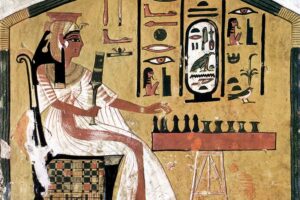The lives of Roman emperors were characterized by excessive luxury and almost unlimited power, as well as the constant risk of a gruesome and bloody death.
Of the 70 emperors who reigned in the Roman Empire over a period of 400 years, from Augustus to Theodosius I, a total of 51 met a brutal death. This was the case for 73 percent of the emperors who were in power during these four centuries.
These merciless deaths resulted in some cases from suicide (7%), death on the battlefield (13%) or murder and execution (49%) which were actually the most common cause of death.
“The lives of the Roman emperors were often so fraught with fate that their fate, regardless of their actions, often corresponded to it. A life characterized by pleasure or virtue, laziness or industry, led to the premature burial of them all”, wrote the distinguished British historian Edward Gibbon in the 18th century.
Most of the emperors who were assassinated died in a power struggle for the crown.
In at least six cases, the assassins were the emperor’s bodyguards, all of whom had a reputation for getting rid of their own sovereigns.
After the year 31 AD the bodyguard became so powerful that its members were available to assassinate emperors who fell into disfavor, if the right amount or sufficient power offered.







